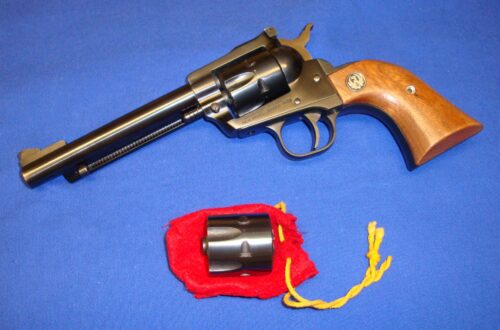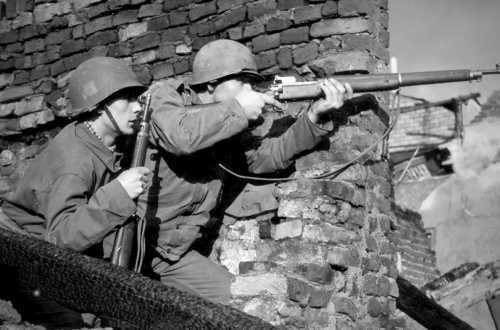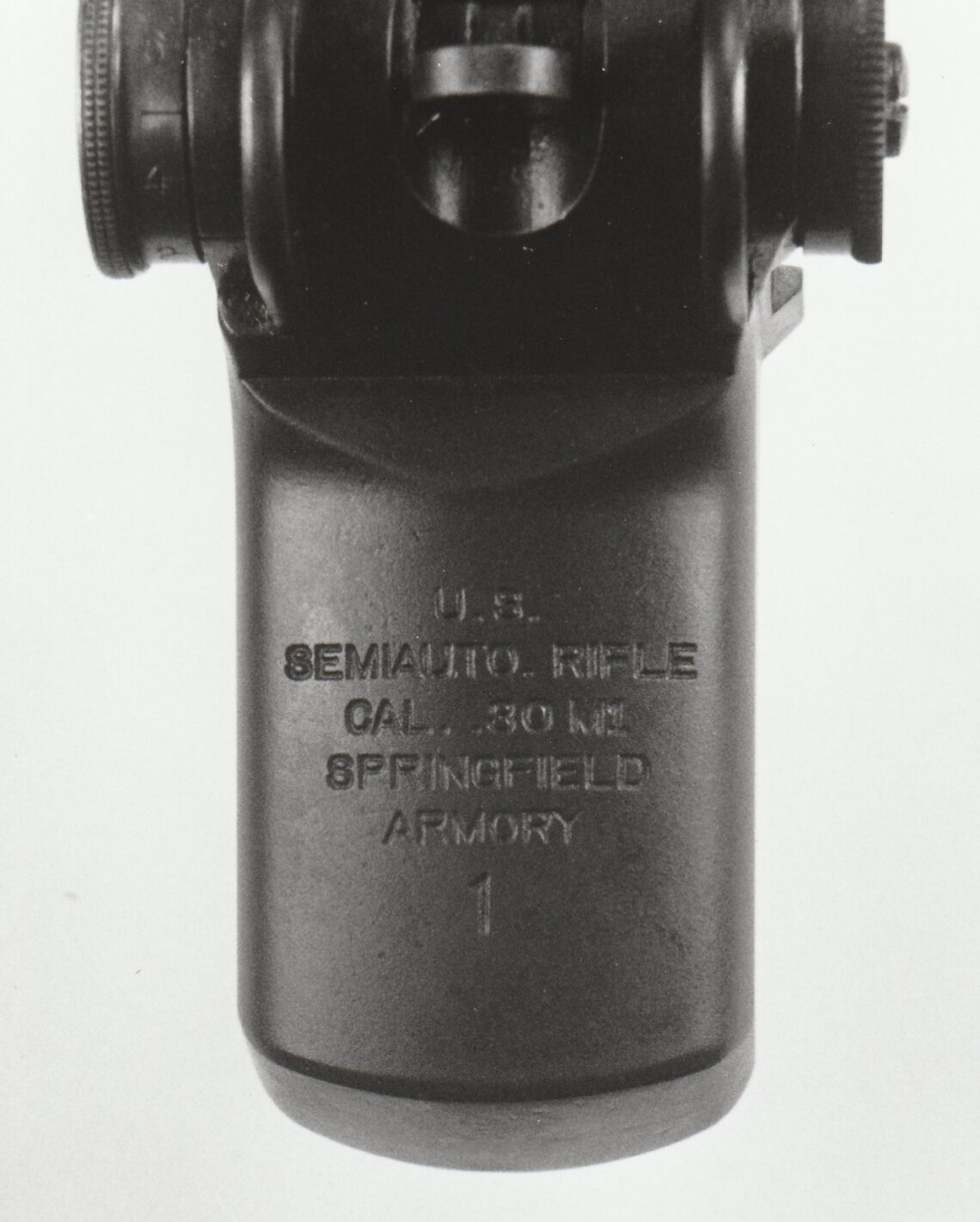
Lowest & Highest Serial Number M1s (Part 1/2)
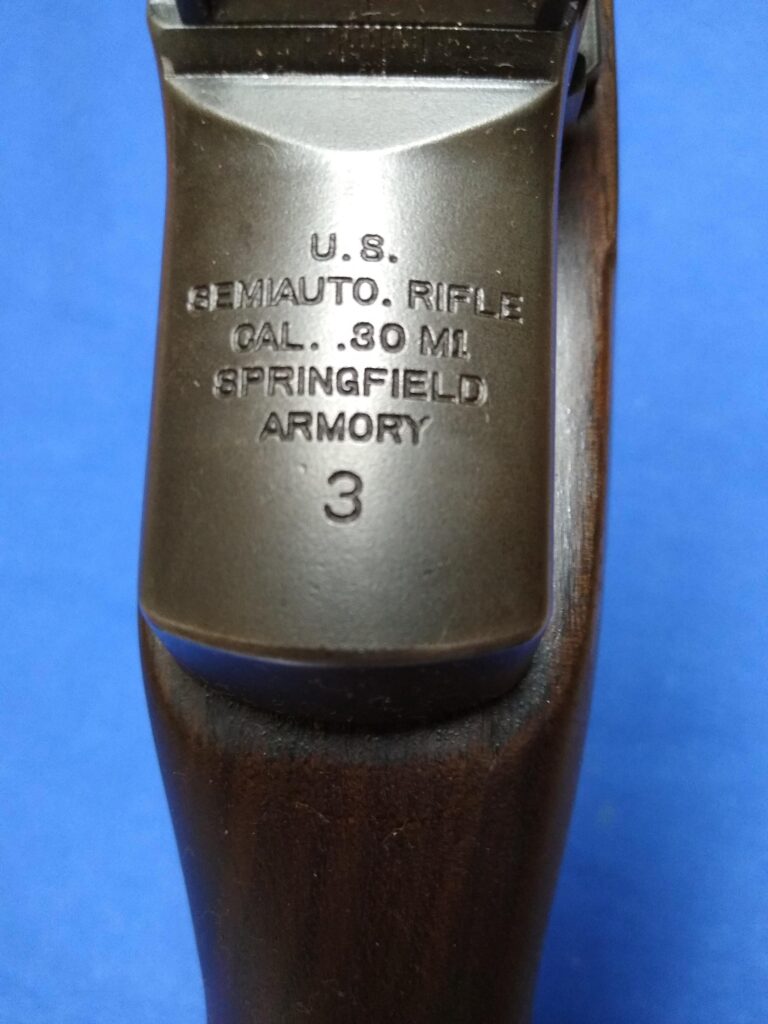
Many gun collectors are interested in the lowest and highest serial number firearms of the model in which they are interested. Collectors of the M1 rifle are not an exception. With that in mind, a brief summary on the earliest M1 rifles is in order.
The goal of the US Army’s Ordnance Department to develop a semi-automatic service rifle began in the early part of the 20th century. John Garand was one of many inventors trying to accomplish this goal. In 1919 he was appointed to work on development of a semi-automatic rifle at the government’s Springfield Armory located in Springfield, MA. In 1932, as a result of tests conducted on Mr. Garand’s prototype rifle, designated the T1E1, at Aberdeen Proving Ground, Springfield Armory was instructed to manufacture 80 rifles for extended service tests. These 80 rifles were designated; “U. S. Rifle Semiautomatic, Caliber .30, T1E2.” They were to be produced on standard types of machinery in John Garand’s Model Shop. In early 1932 the T1E2 was informally approved and the designation changed to “U.S. Semiautomatic Rifle, Caliber .30, M1.” These 80 “Model Shop” produced rifles were completed in August 1934.
On 9 January 1936, after successful testing, the new rifle was adopted as the standard shoulder arm of the U.S. Army. The word “Semiautomatic” was deleted to simplify the nomenclature on 4 February 1937. The official designation then became: “U.S. Rifle, Cal..30, M1.” Manufacture of rifles began in July 1937.
These early rifles, about the first 48,000 or so rifles, have been named Gas Trap rifles by collectors to distinguish them from the M1 rifles with which we are all familiar. These Gas Trap rifles derived their energy for semi-automatic operation by trapping gas at a fixture mounted on the end of the barrel. Rifles with this early type of gas system were manufactured only at Springfield Armory through about June 1940. Most of these early rifles were rebuilt and it is believed that only slightly more than 50 of these Gas Trap rifles remain in their original configuration.
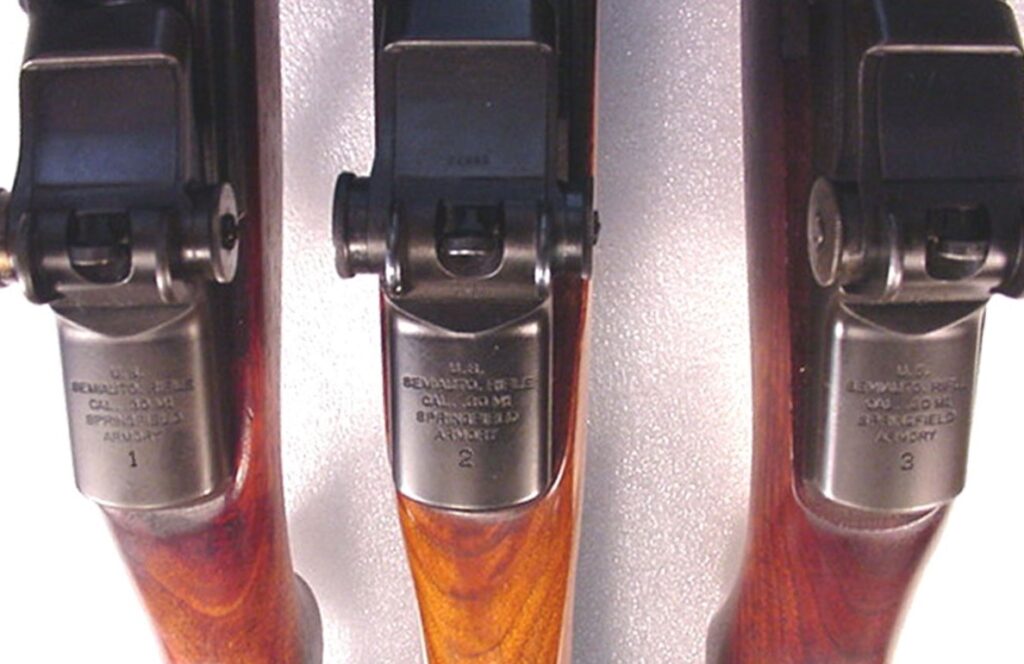
Use in the field revealed some problems with the Gas Trap system. A revision to the barrel and gas system caused a change to that of a gas port rather than a gas trap design. This change lengthened the barrel, changed the mounting method of the gas cylinder, and replaced the gas cylinder plug with a gas cylinder lock and screw; a new design front sight was also required. A hole, or port, drilled in the underside of the barrel supplied the gas directly into the gas cylinder. Collectors refer to this later, more well-known design as Gas Port M1 rifles.
The lowest serial number M1 rifle is s/n 1, is on display at the Springfield Armory National Historic Site Museum (SANHS). Serial number 2 is in the collection of the Rock Island Arsenal Museum. The lowest serial number M1 Garand in a private collection is s/n 3. In 2000, at a Garand Collector’s Association (GCA) convention held at SANHS, these three lowest serial number M1 rifles were reunited for the first time since the late 1930s.
BY SCOTT DUFF
